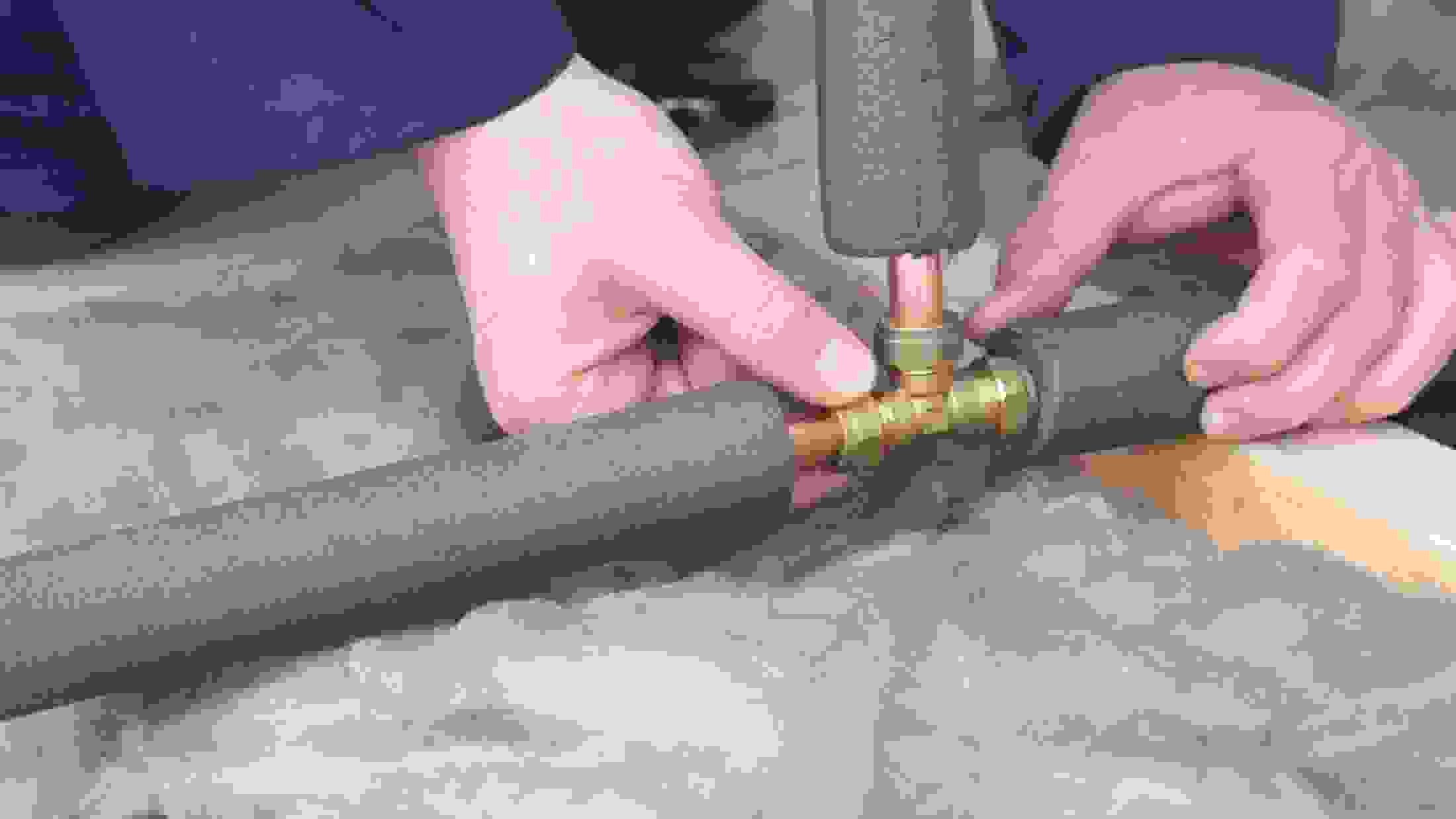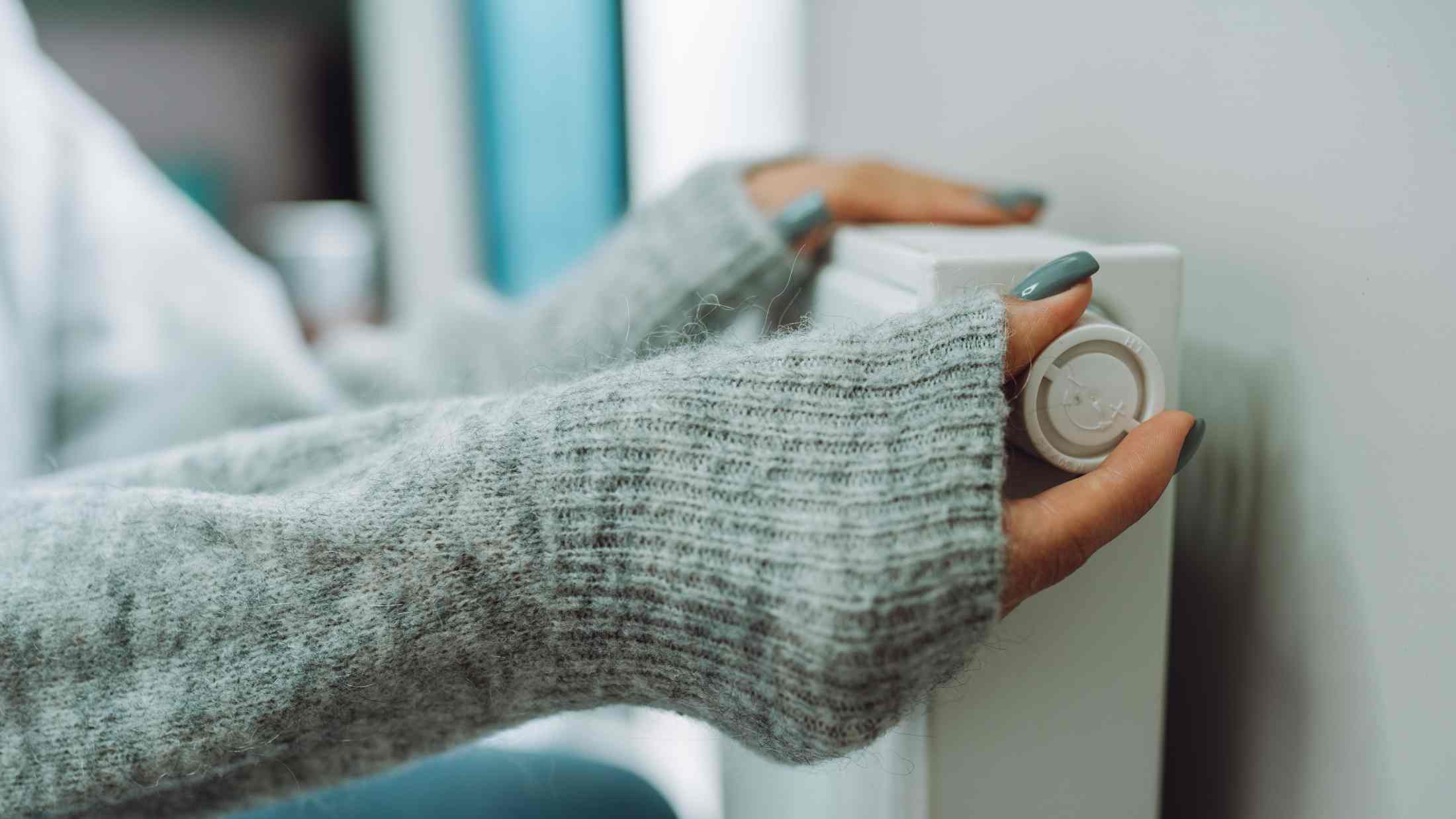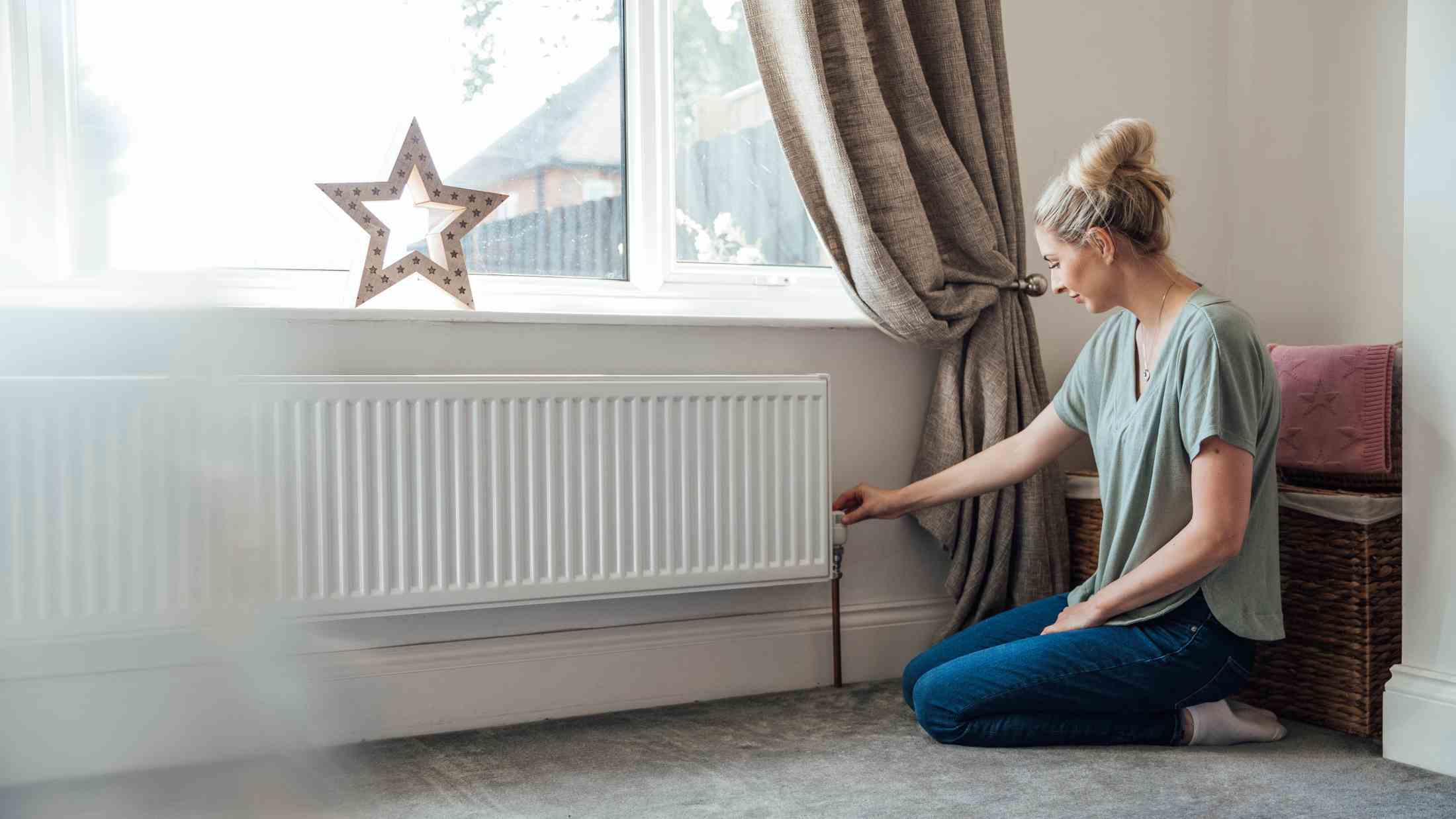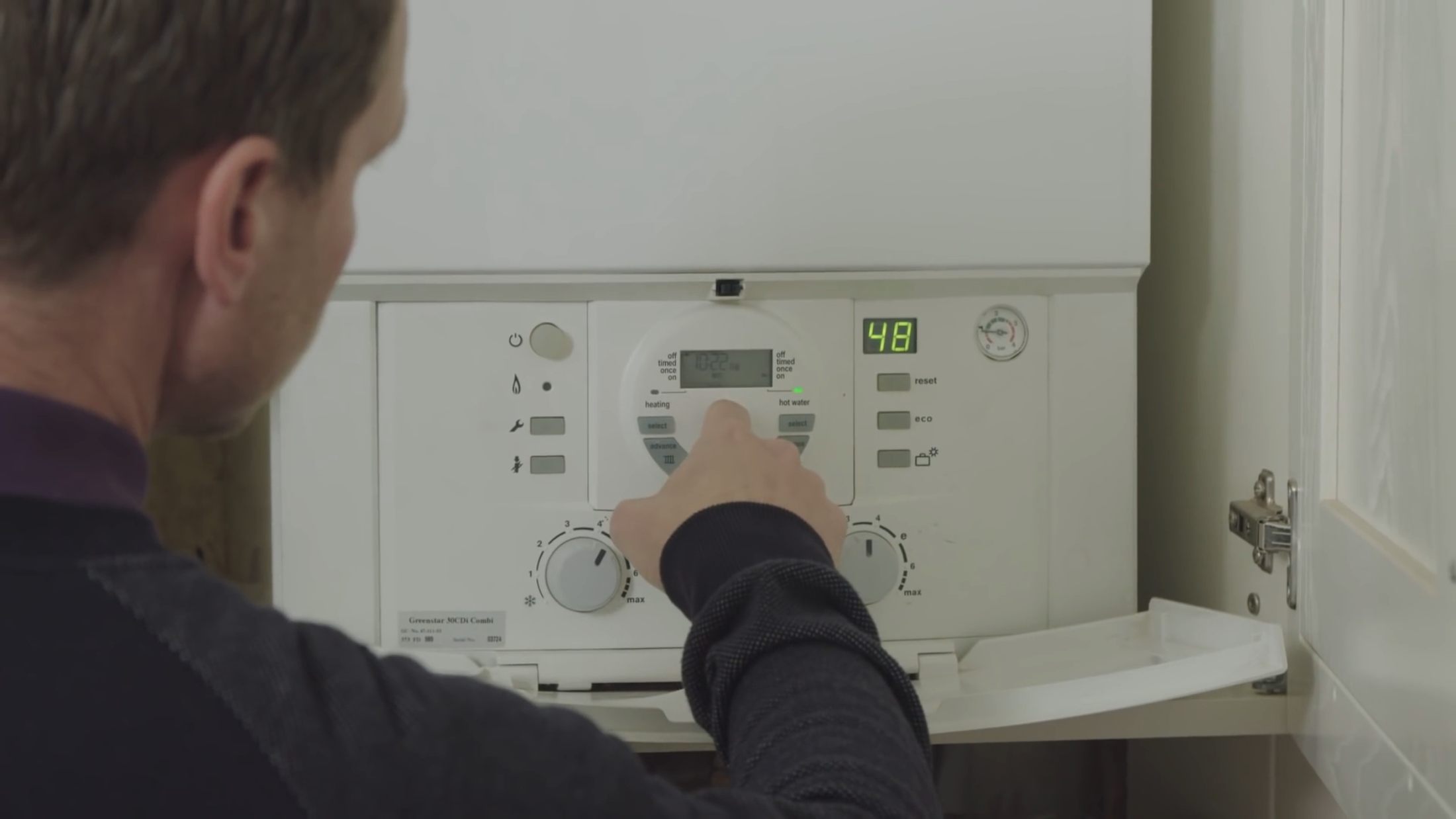By identifying problem areas in your home’s insulation, you’ll be able to not only save money on your heating bills but also improve energy efficiency in your home this winter. And, don’t worry, it doesn’t have to cost a fortune, there are many cost-effective solutions you can try.
Every house is different, however it doesn’t matter whether it’s old or new, the average UK home loses approximately 59% of it’s heat through walls and roofs. So, it's vital that you find the most appropriate heat loss solution for your property, whether that's draught-proofing, cavity wall insulation or double glazing.
In our guide, we’ll give you the best areas to target, and ways to save the most money on your heating bills, as well as an evaluation of how much you could save per year by taking on some of our tips.
- Poor insulation will cost you money
- Identifying your home's problem areas
- Cheap ways to keep your house warm
- Long-term insulation solutions
Poor insulation will cost you money
Approximately £1 in every £4 spent on heating in Britain is wasted thanks to poor insulation. So bad is the problem that homes in the UK are some of the most expensive to heat in Europe, even though they are also the smallest. This could be due in large part to poor repair; according to an EU report released last year, 10 million British homes suffer from a leaking roof, damp walls or rotting windows.
Solving insulation problems means making your home both warmer and more energy efficient, which can ultimately help you save money on your heating bills. But it's also a way of increasing the potential sale value of your home: a government study last year found that implementing energy saving measures increases property values by an average of 14%, and up to 38% in some areas.
Identifying your home's problem areas
To get started, begin by using an online survey like the one available at the Energy Saving Trust to identify problem areas for you to target. Some local authorities and trusts also offer thermal imaging reports to quickly highlight which areas are leaking heat. Armed with this information, you can create a targeted plan to reduce your heating bills and save money.
Cheap ways to keep your house warm
Draught-proof your home
Once you’ve identified problem areas, begin by draught-proofing. On average, draught-proofing saves £10 to £50 per year on your heating bills, and because draught-free homes are cosy at lower temperatures in winter, you could save and additional 10% on your heating bills on top of that figure.
Start by filling areas where pipe work leads outside, gaps around electrical fittings, the loft hatch, and ceiling to wall joins. Next, consider draught excluders for doors. They are cheaply bought or easily made with old clothes or fabric, a plastic bag and some sand. Window insulation can also be improved with thermal curtains or resealing. However, be sure not to block necessary vents in windows and walls while draught-proofing.
Insulate your pipework
Another common problem area is the heating system, as heat can leak from pipes and tanks before it even begins to be circulated around your home.
First, cover pipes with insulation. Pipe lagging or pipe insulation is cheap and readily available in DIY stores, making it a simple way to save money. Simply cut it to the desired length and wrap around the pipe, covering the joins in tape. Make sure the pipe lagging depth is sufficient for the size of the pipe: the smaller the pipe, the thicker the depth of the lagging should be.
If you have a warm water tank, this should be covered with a heatproof jacket. You can also increase your radiator efficiency by installing reflectors behind them.
Invest in a smart thermostat
Smart thermostats are a cost-effective way of keeping your home warm as they allow you to set the temperature in a room.
They are also particularly handy as they can be connected to many electronic devices through apps and so heating can be controlled more specifically and from a distance, helping users to save money. It is also easier to set heating timers this way and will save users from having the heating switched on all the time, which is more cost-effective.
Change your curtains or blinds
Another effective way of heating your house is by updating your curtains or blinds to thick or thermal ones to help keep the heat in the room. Curtains and blinds should also be drawn as it begins to get dark to help prevent the escape of heat. With many different curtain and blind options available, this method of insulation is available to anyone and is one of the easiest ways to ensure a house is stays warm.
Fit carpets with underlay
This option is relatively low cost and is one of the best ways to improve floor insulation.If you are moving into a new house or doing a bigger renovation, another but more expensive option is to have thermal insulation installed in the floors.
For an even lower cost option, plugging any draughty holes in the floor and purchasing rugs will also help to improve the heating situation in your home.
Move your furniture around
Having furniture against radiators prevents the circulation of the warm air and makes heating a house inefficient. Moving furniture and other objects away from radiators allows the hot air to move around the room freely, meaning you are essentially getting more for your money and the heat will be more noticeable.
Long-term insulation solutions
In order to save money, we sometimes have to spend it. These solutions tend to be more expensive, but you'll generally save money on your heating bills at a much higher rate. And when winter comes, you'll notice the difference.
Increase your roof and loft insulation
Poor roof and loft insulation can result in 40% heat loss, but how you rectify this will depend on whether you have a sloping roof, flat roof or dormer roof (where something like a window protrudes from a sloping roof), and whether any loft insulation is already in place. As a rule, rock wool or another fiberglass insulation with a depth of 270mm will be more energy efficient to the tune of £350 per year for a detached house than having no insulation, and cost around £395 to install. But remember to leave a gap below your water tank to help prevent freezing in a cold loft.
With a flat roof, mineral wool or polyurethane layers can be installed to keep the heat in your home and help you save money. If you don’t have a loft, sloping roofs can be insulated using polyurethane spray foams. Because it's applied as a spray, polyurethane spray foams are also excellent for a dormer roof, although wool or fiberglass insulation can be cut to size and used instead. Whatever you’re fitting, remember to avoid gaps for a warm loft.
Install better floor insulation
The floor is another key area to think about insulating to help you save money on your heating bills, as in the average home about 10% of heat loss is through the floor. Old houses with 'suspended floors' are most at risk, as all the heat essentially dissipates into empty space, and this problem is solved by lifting the floorboards and laying mineral wool insulation or blanket style insulation, supported by netting. For a detached home, this could save up to £120 per year after an outlay of £300 to £700. In more modern homes with concrete floors, rigid floor insulation can be installed for £900, and offers savings of £35 to £95 a year.
Consider wall insulation
Wall insulation can also save money and maximise energy efficiency. The type you choose will depend on whether you have a cavity or solid wall. Cavity walls are much cheaper to insulate, and insulating will save you up to £250 per year, whereas solid wall insulation saves up to £460 per year for a much larger outlay; upwards of £4,000 for thermally efficient expanded polystyrene (EPS) boards or plasterboard.
Replace your windows with double glazing
Double glazing is filled with an inert gas such as argon or has a vacuum between the two glass panes to reduce heat transfer. A lot of heat escapes through glass and so double glazing, while expensive initially, will help save money on heating in the long run. Double glazing is filled with an inert gas such as argon or has a vacuum between the two glass panes to reduce heat transfer.
It should also cover that options may be more limited for older and listed buildings and so these options should be discussed with a local council planning officer before any action is taken.
A considerably lower-cost option is secondary glazing, which is a temporary alternative to double glazing. It is a pane of glass or plastic that is fitted parallel to the window. It is not as efficient as double glazing but will reduce the heat loss problem until upgrading to double glazing is a feasible option for the user.
Upgrade your boiler
Boilers older than 10 years old tend to be much more inefficient than modern boilers. Upgrading to a new condensing boiler can prevent the waste of fuel, saving you a considerable amount in energy costs.
While new boilers can be expensive to install, there are a number of finance options available, and you'll end up saving money in the long-run.






